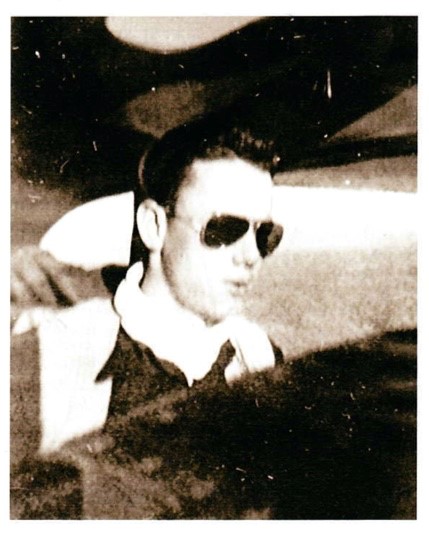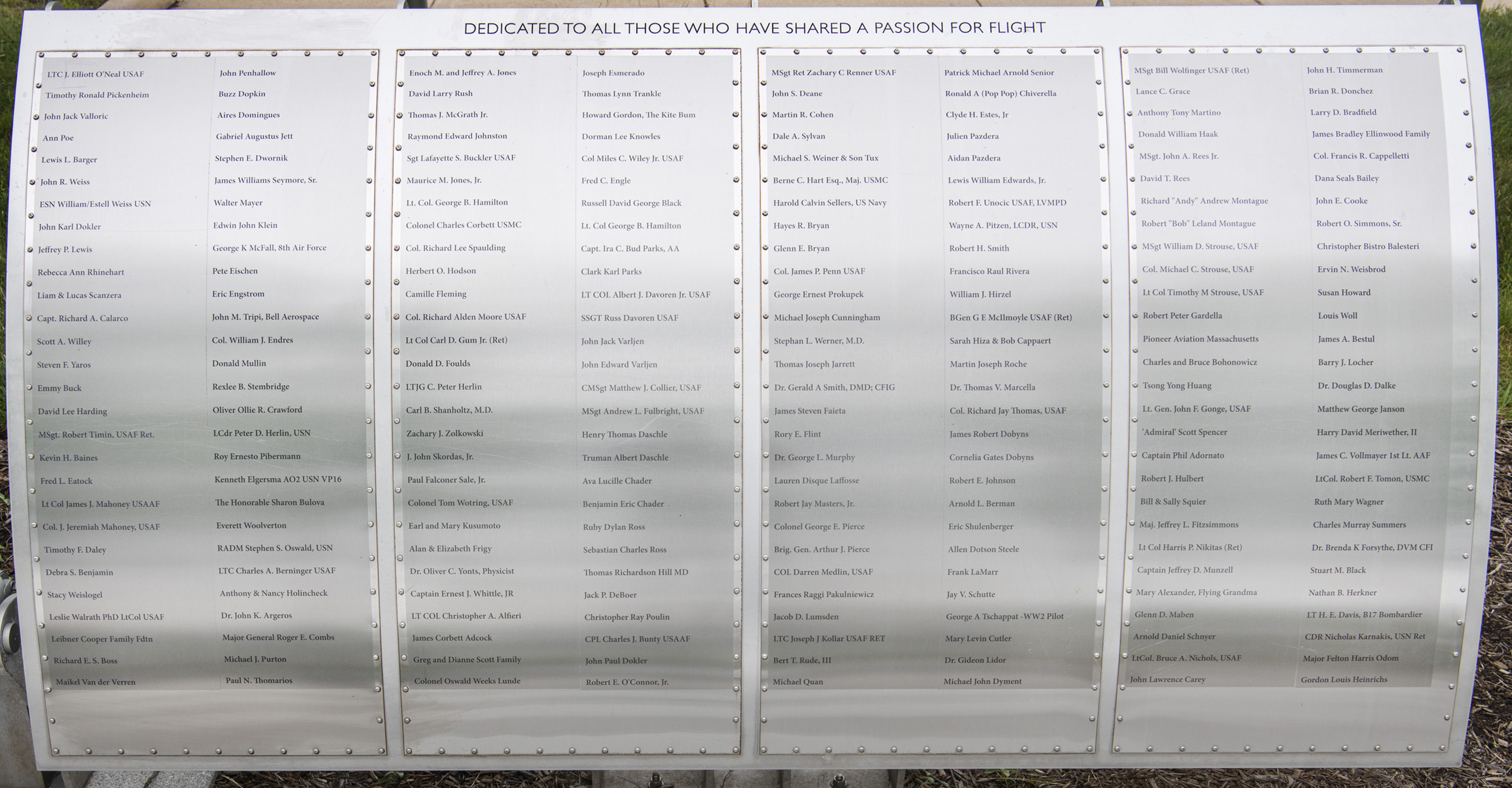
Foil: 32 Panel: 4 Column: 2 Line: 17
Honored by:
Teri Kraslavsky
The name Meriwether is woven into the fabric of the United States of America.
Our progenitor in America, Nicholas Meriwether, arrived in Tidewater Virginia from Oxfordshire England around 1652. His father John was Rector at the Stratton St. Michael with St. Peter Parish in Norfolk, England - until John sided with King Charles I in the bloody 1642 English Civil War, and paid for it by losing his Rectorship, and eventually his freedom at London's notorious Fleet prison. Was this why his son Nicholas' set sail for the new world?
In America, Meriwether sons served in the Continental Army and in every US war since then. Lieutenant David Meriwether fought in 3 battles with George Washington, including the Battle of Trenton. On Christmas night, 1776, Meriwether crossed the Delaware River with General Washington. Their forces surprised and routed the Hessian Mercenaries. The Battle of Trenton is commemorated in Emanuel Leutze’s famous painting, “Washington crossing the Delaware”.
Meriwether County, GA is named for David Meriwether.
Captain Meriwether Lewis commanded the Corps of Discovery from 1804 to 1806. Their mission for President Thomas Jefferson was to explore the Louisiana Purchase, and to try to find a navigable river to the Pacific Ocean. We are related to him via his mother, Lucy Thornton Meriwether.
A dark stain on our name resulted when Mr. Minor Meriwether and Nathan Bedford Forest had an organizational meeting for the Klu Klux Klan in the kitchen of Meriwether's Memphis, Tennessee home.
We have always been proud, however, that Harry's great grandfather, David Gregg Meriwether, fought for the Union in the Civil War - with Indiana.
Harry's middle name “David” is in honor of this Union Civil War veteran, and his first name "Harry" is in honor of his Norwegian great grandfather Harald Haraldson, of Hardangerfjord, Norway. As is the way of Americans, our story is one of immigrants. Harry's maternal grandparents are from Pontevedra, Spain - by way of the Philippines, (Margarita Fariña); and (probably) Old Pennsylvania Dutch (Deutsch), (William Beighley).
Harry's cousin Lee Meriwether was Miss America in 1955.
Harry David Meriwether, II was born in San Francisco in January 1931. His father, with whom he shares a name, went for many years without a birth certificate because City Hall had been reduced to rubble by the 1906 earthquake, (HDM I was born in San Francisco in February 1908).
Harry was born an old soul, with a humble, kind, steady and patient nature, and a very powerful mind.
Harry's solo flight “selfie” in September 1946 is pictured above. He was 15 and cutting High School. He had an arrangement with some of the small airplane owners at the San Mateo, CA airport: in exchange for washing and waxing their planes, he was allowed to take their planes up and fly solo. Harry frequently flew to Yosemite, and gold country ghost towns, carefully choosing terrain he could use as a runway.
Harry got his BSAE degree from California State Polytechnic College - San Louis Obispo in 1951, when he was 20 years old.
Later that year he joined the Douglas Aircraft Company in El Segundo, California. Harry worked in the Stress Group, Structural Test Section.
In 1953, he became the Section Computing engineer, and assisted the Section Chief in determining which tasks could be more efficiently performed by the use of digital computing machinery.
Until he left the Group in 1957, Harry was the lead engineer for the Model F4D-1 (Skyray) Structural Test Program, and served as the section instrumentation consultant. The instrumentation and calibration of Landing Gears for loads encountered in Carrier Suitability Trials - Aircraft models instrumented were: AD-5, AD-7, XA2D, A3D, A4D, F3D, F4D, and F5D.
From 1958 until 1960, Harry was a member of the Hydro-Mechanical Group and served as the carrier suitability engineer for the Model A4D-2 airplane, and group representative at the Naval Air Test Center in Patuxent River, Maryland, and at the Bureau of Naval Weapons in Washington, D.C..
In 1960, he participated in an R&D contract for the investigation of landing loads (with heavy stores) on the A4D-2 airplane.
In 1961, Harry joined the Douglas Space and Missiles Division - Stress and Structures Departments, and served in an advisory capacity for departmental problems involving stress analysis, computing, Computer Aided Design (CAD) techniques, R&D efforts, testing and loads measurements. Harry was responsible for a computer utilization plan for the Structures Department.
Harry worked on the: Delta, Honest John, Nike Zeus, Saturn S-IVB, and Skybolt programs.
In 1966, Harry was one of two co-developers of the Parametric Bi-cubic geometric effort engaged in by DAC (Douglas Aircraft Company), MDAC - Structures, (McDonnell Douglas Automation Company), and DARL (Douglas Advanced Research Laboratories).
In 1972, when Harry was a member of the Technical Staff of the MDAC Structures group in Huntington Beach, CA, he worked on loan to the YC-15 at DAC in Long Beach, CA. Here he designed the vertical stabilizer hinge ribs for the YC-15: Full size drawings were produced upon demand, and reflected and accounted for any alterations made to any of the data bases allowed by Data Base Control. These drawings were in a form that was directly usable by Design & Manufacturing, and could be produced at any time, in any iteration of the design cycle. It was probably this achievement that helped his group fly a year before their competition, (the YC-14 group); and the YC-15 won the fly off.
In 1973, Harry was transferred to MDAC to take an assignment in Japan. The duration of the tour was scheduled for 3-5 years to represent and provide support for the entire MCAUTO Engineering Product Line in a joint venture with the Mitsui Family of Corporations. The foreign exchange crunch and OPEC embargo forced the dissolution of the Joint Venture Agreement.
After the dissolution of the Japan assignment, MDAC informed Harry that he must re-locate to St. Louis, Missouri where he served as a principal Consultant for MDAC - renamed MDAIS during this period.
Harry completed his MBA from Southern Illinois University in 1976, and for the next several decades, Harry spent his professional time on:
•Parametric and Bi-cube math modeling techniques for topographic road and right of way mapping representations
•Design of K-Joints for the off-shore drilling rig industry
•Navigation and Kalman Filter Modules for Operational Flight Software
•Creating a general purpose Kalman Filter for strapdown navigation systems (which met and exceeded all objectives and was used in 97 separate flights in the King Air Flight Test Vehicle)
•Created a set of computer programs that automated a portion of the wing stringer design process for the C-17 Airplane
•Provided consultation on the methods and procedures used in the design and support of the F-15E Operational Flight Program
•Wrote “A Software Engineer’s Guide to Programming Kalman Filters”, and wrote or edited many other books and periodicals
•etc.
Harry is also an honorable, dedicated and loving father. After a long day at work, he would sit at the kitchen table tutoring me and my University friends in calculus for hours. Harry is a true renaissance man. He was able to patiently and clearly teach us no matter the subject: accounting, history, law, geology, marketing, or Shakespeare.
That gift of his time is all a daughter could ask for to feel confident in her father’s love. Harry has a natural curiosity and sparkle in his eyes that many times led to us receiving a private tour of whatever place we were visiting; as the docents were utterly charmed by him and appreciative of his insightful questions.
Written by Teri Meriwether Kraslavsky, daughter of Mr. Harry David Meriwether, II
Wall of Honor profiles are provided by the honoree or the donor who added their name to the Wall of Honor. The Museum cannot validate all facts contained in the profiles.
Foil: 32
